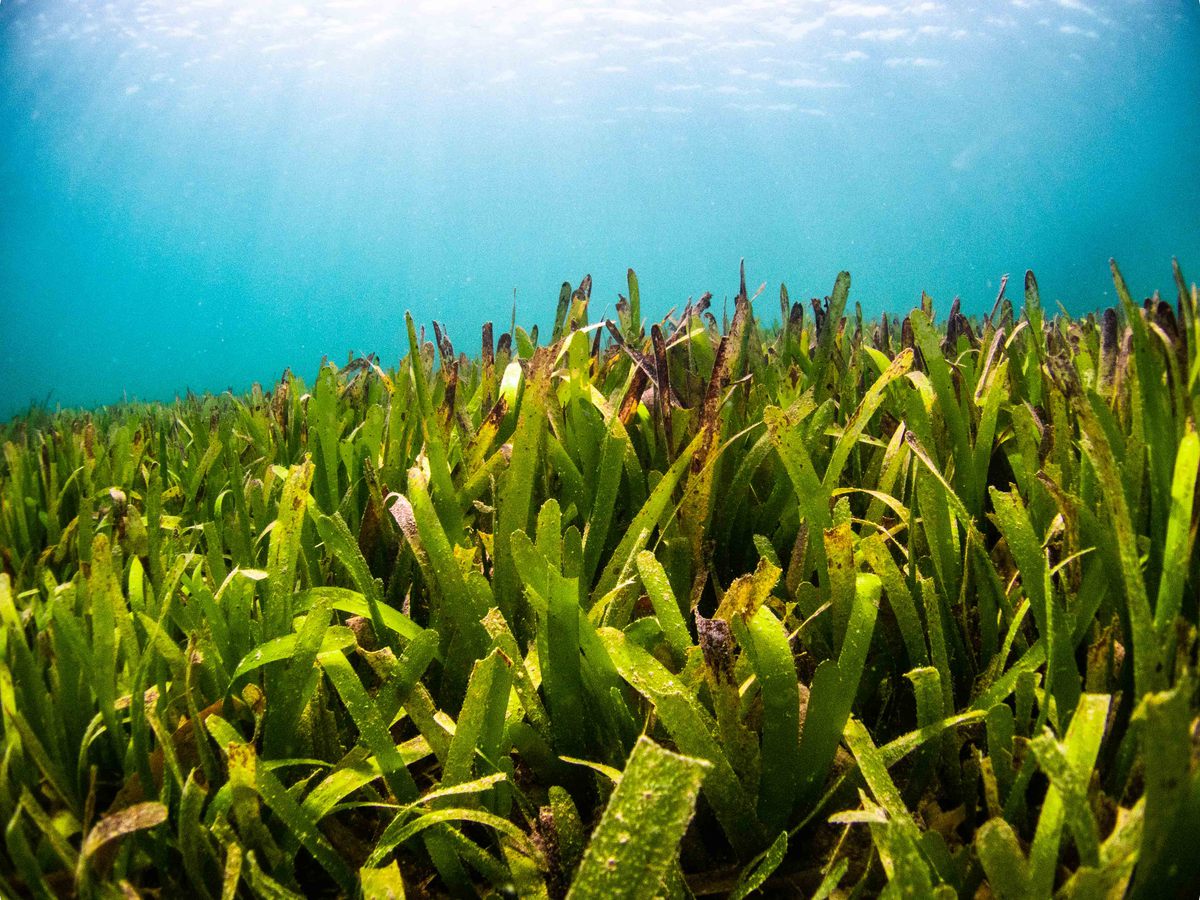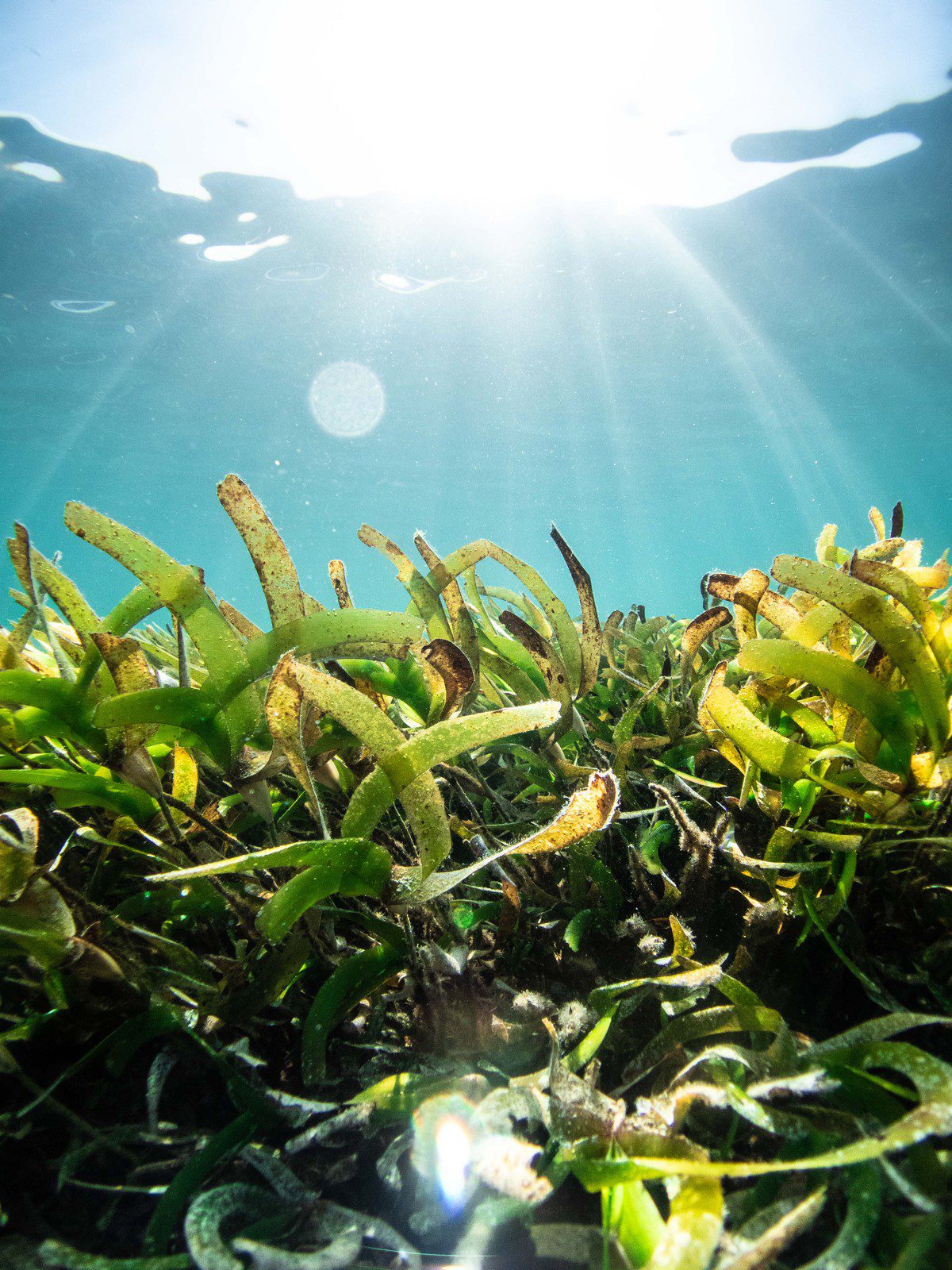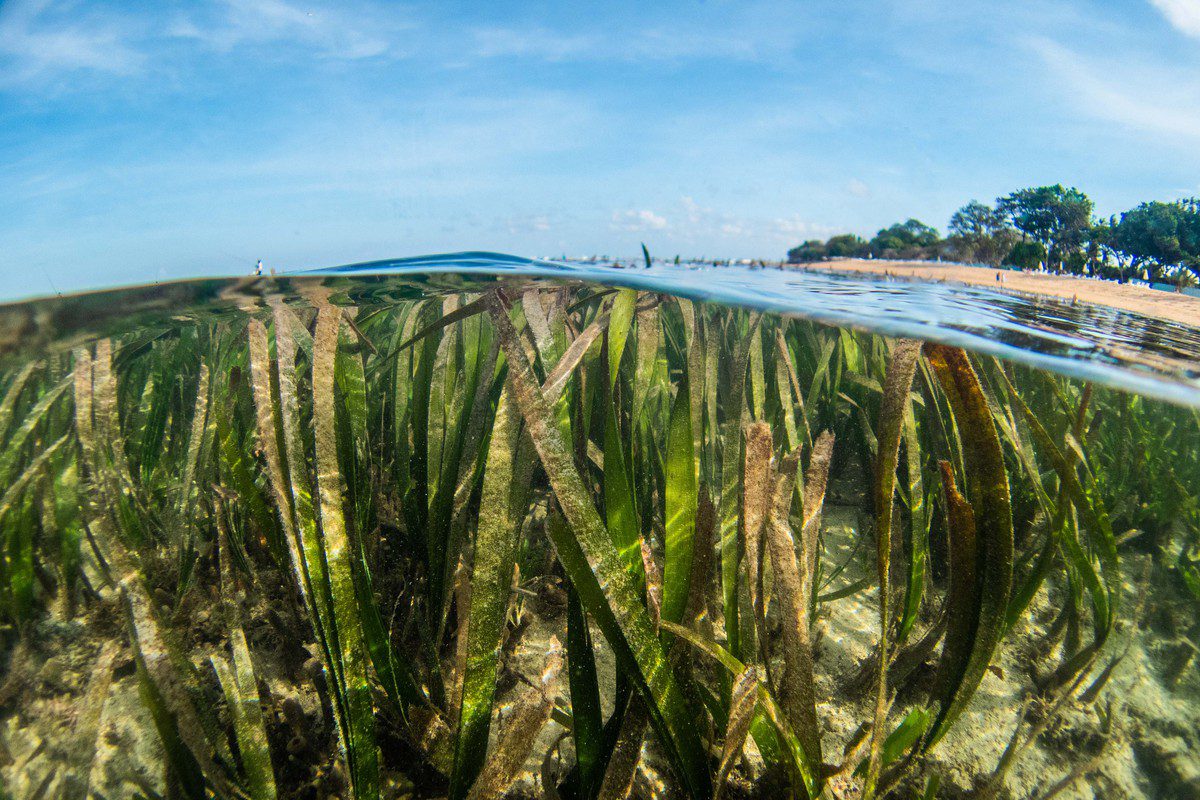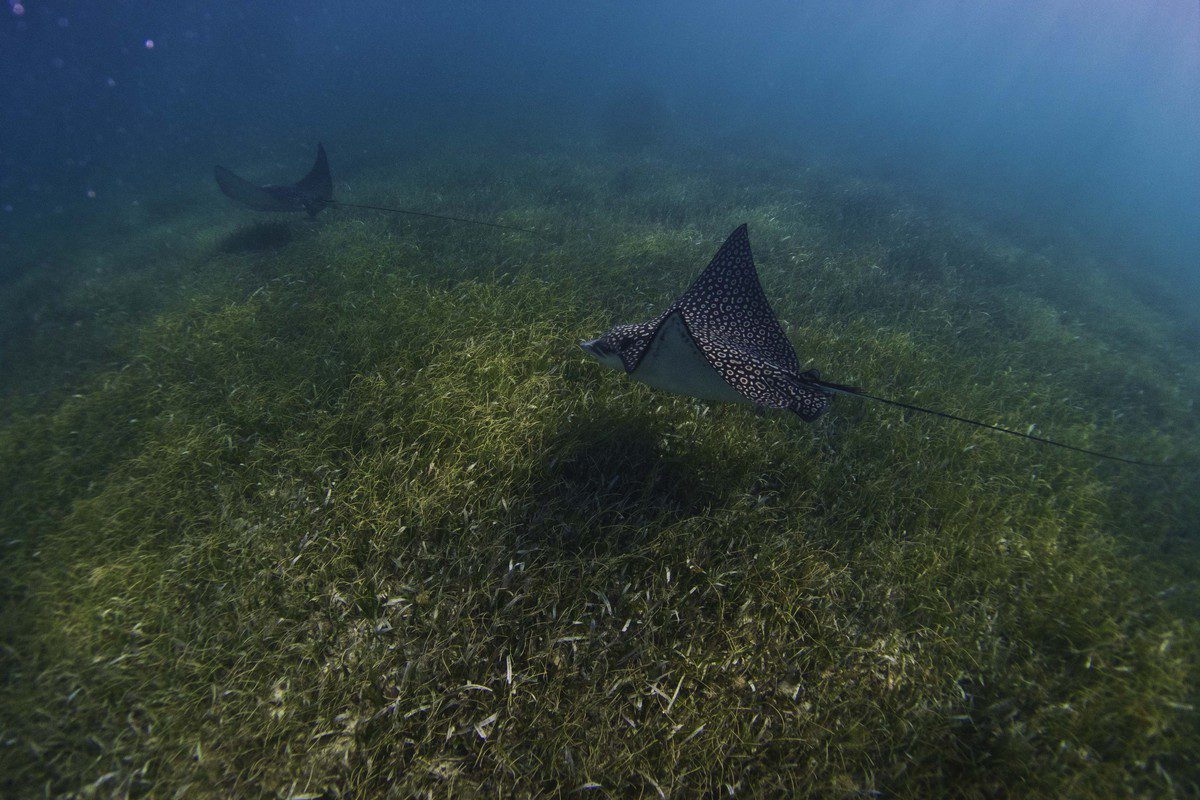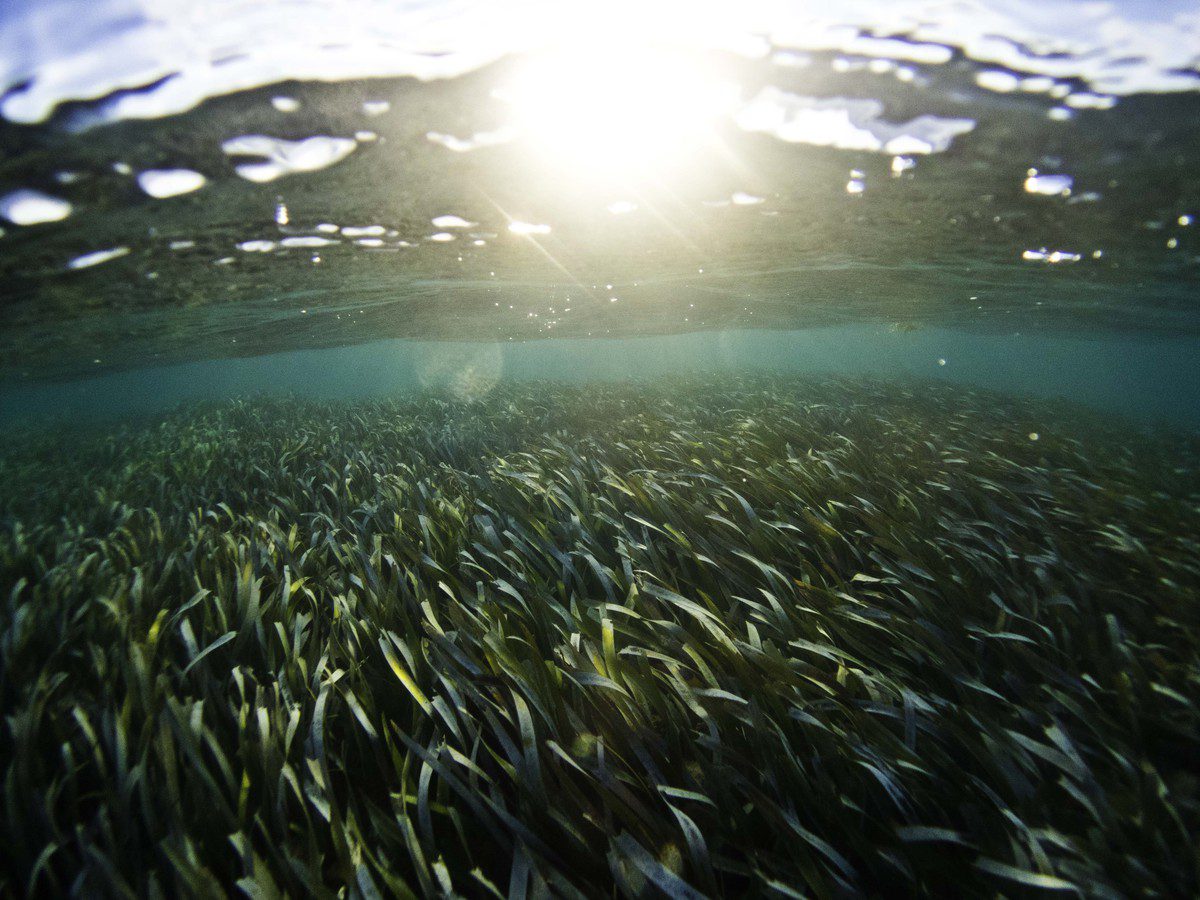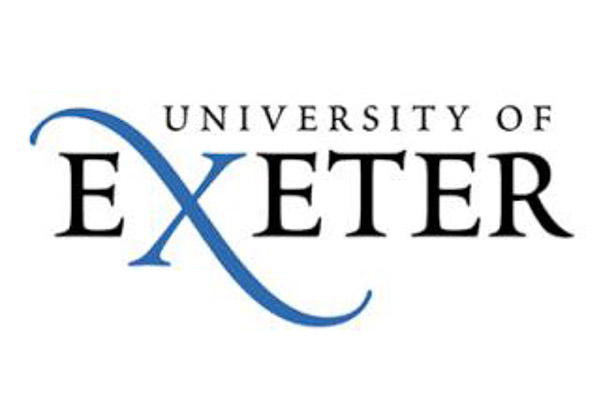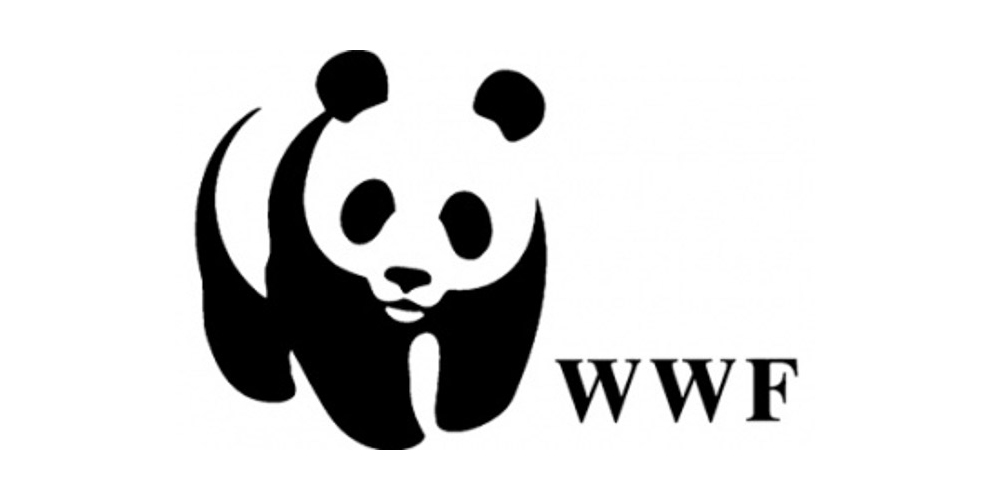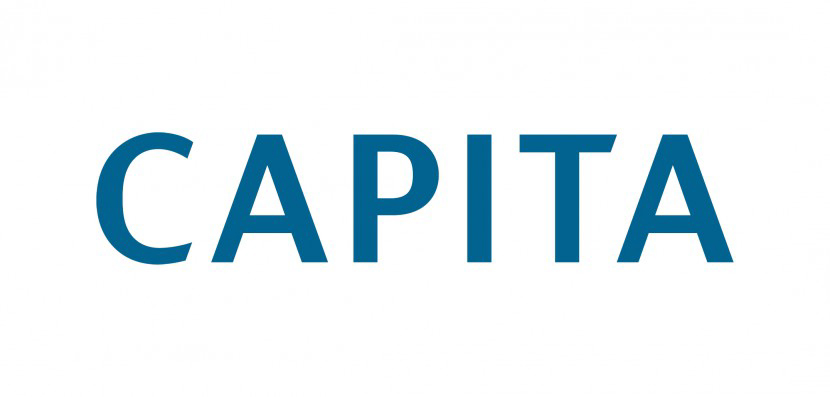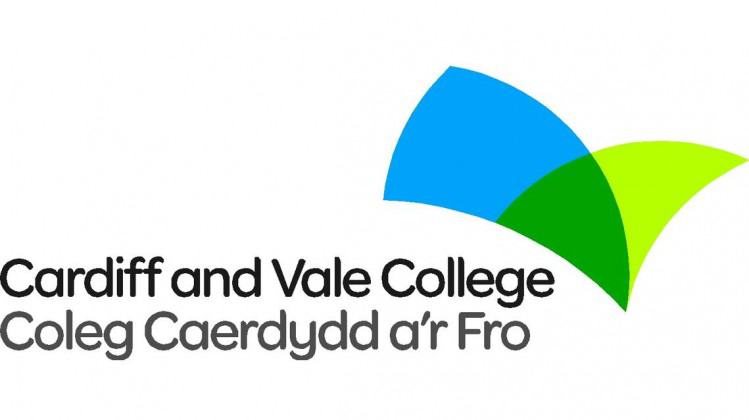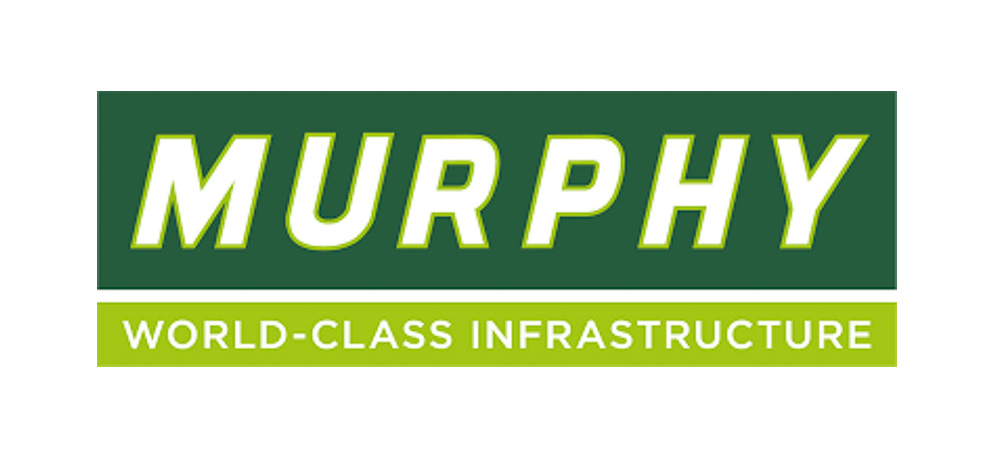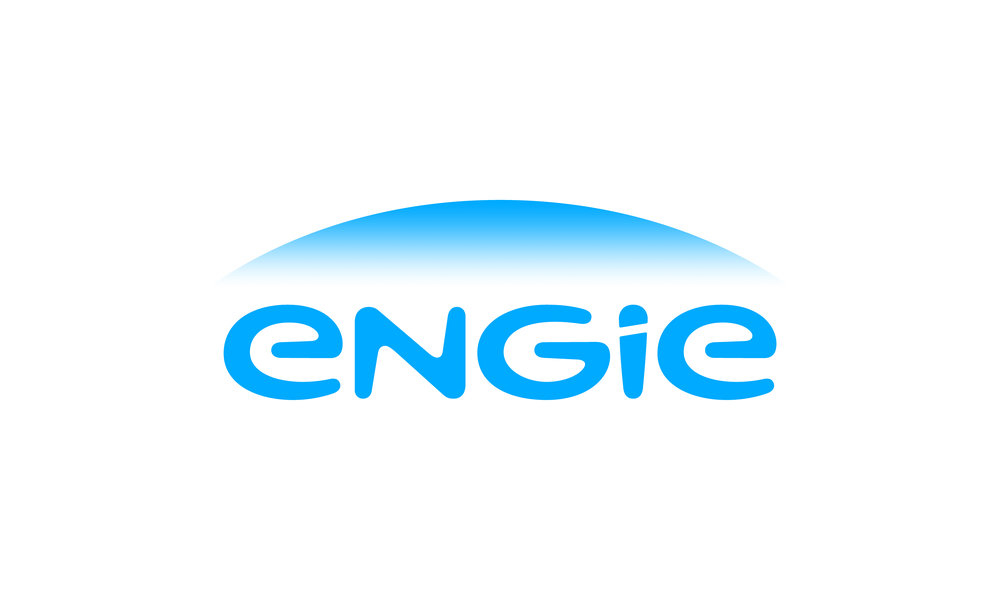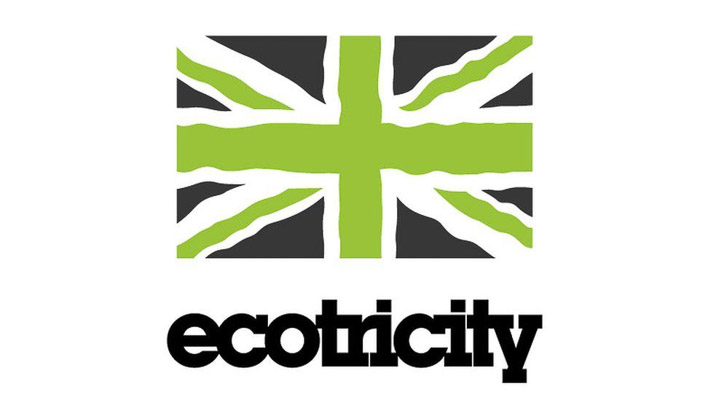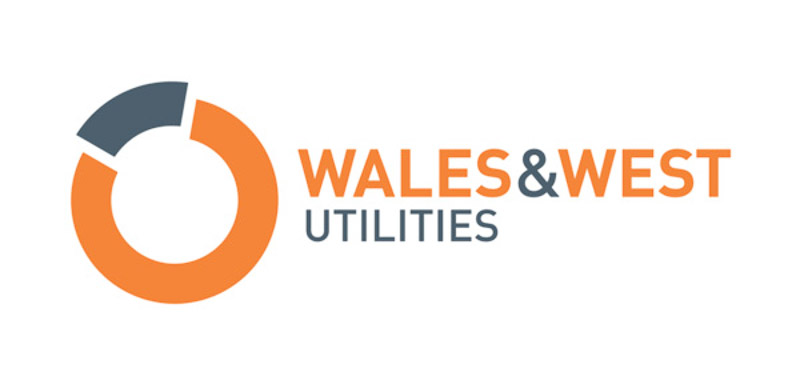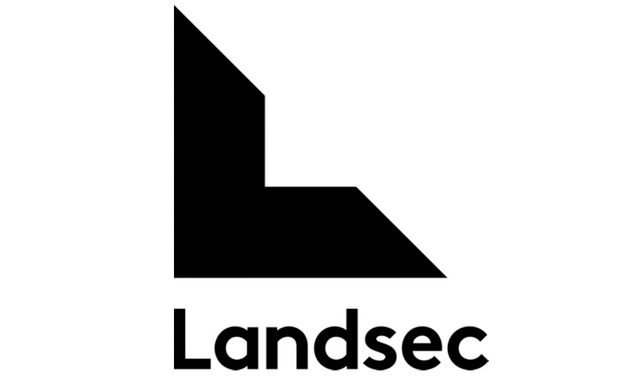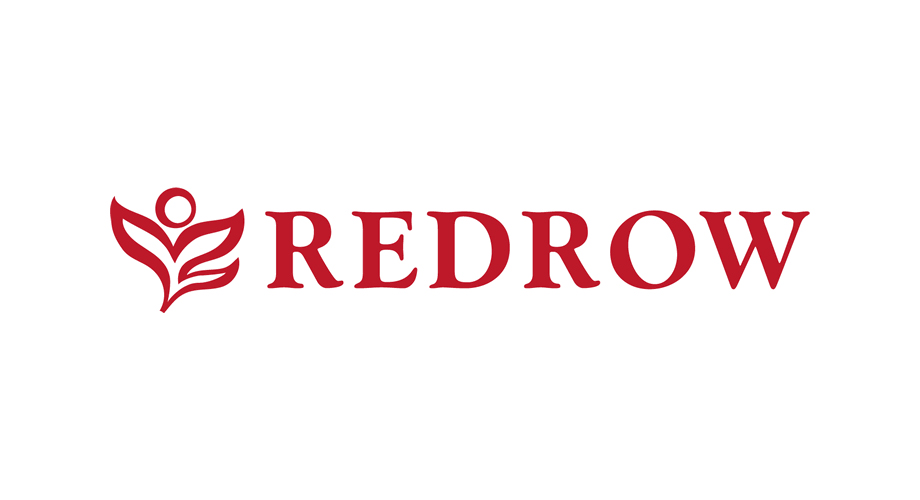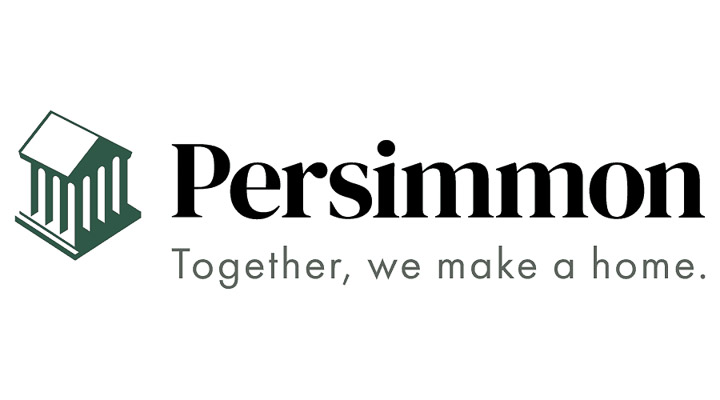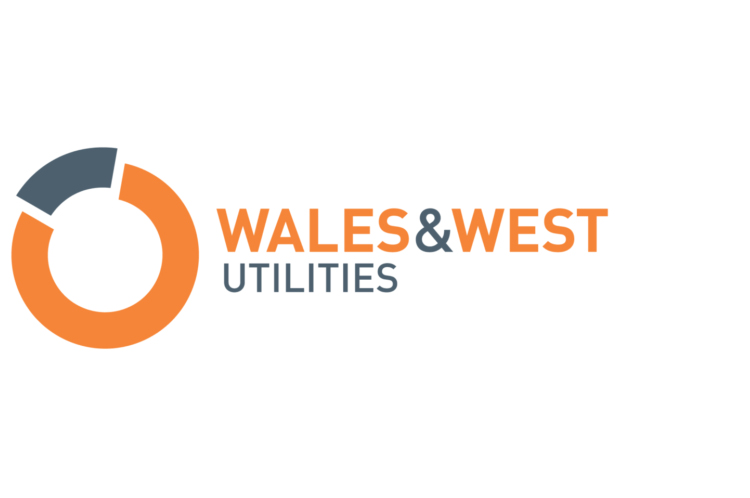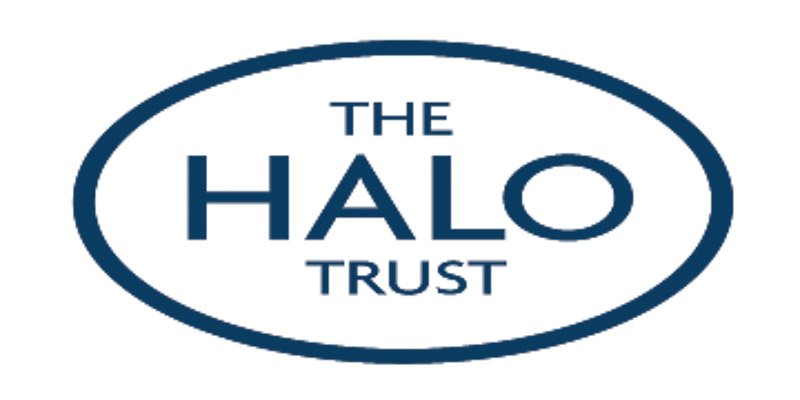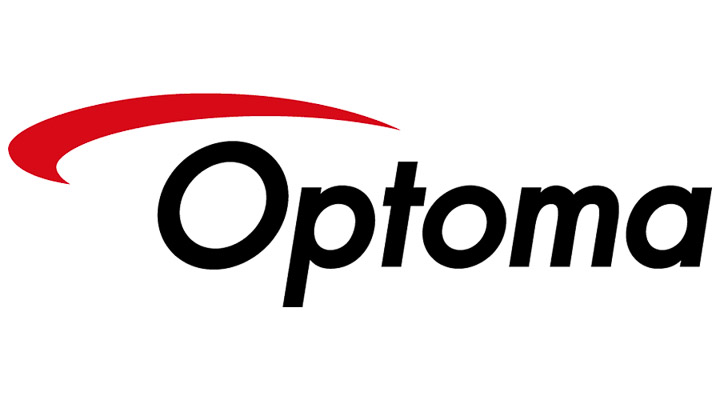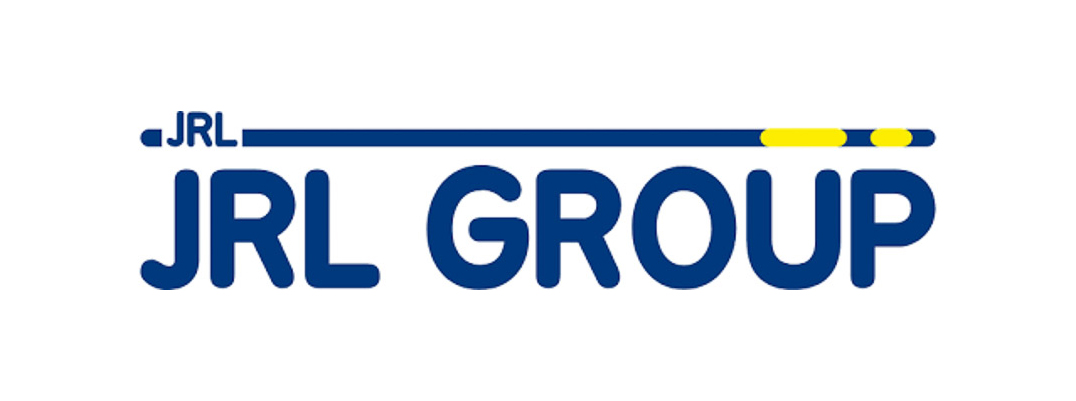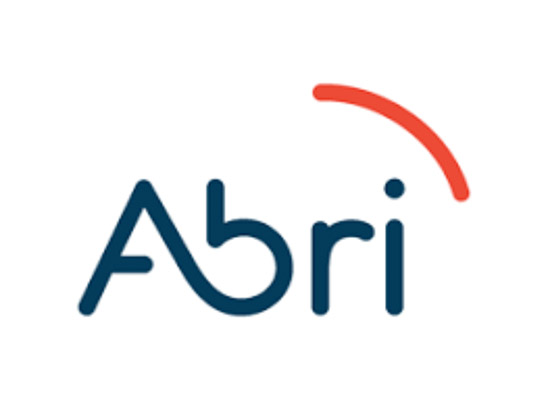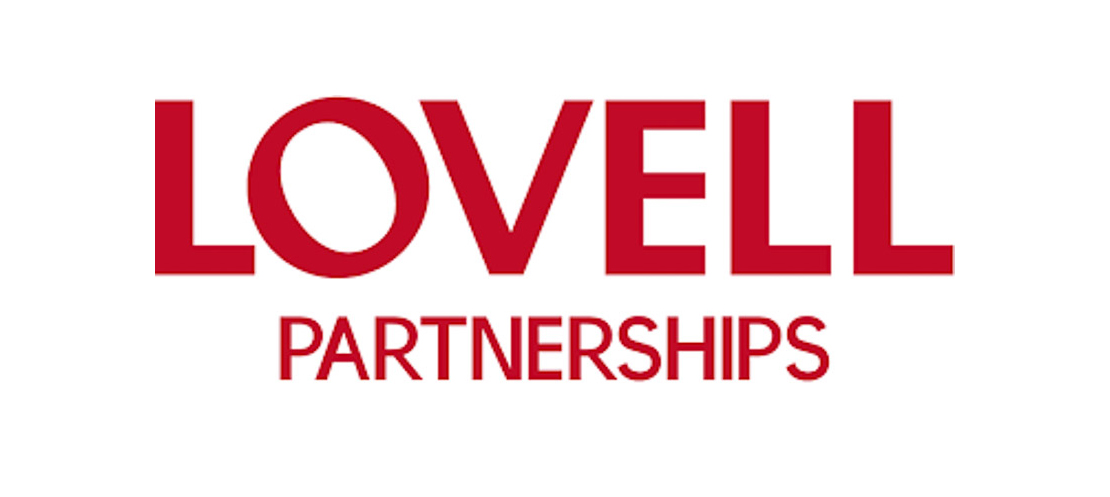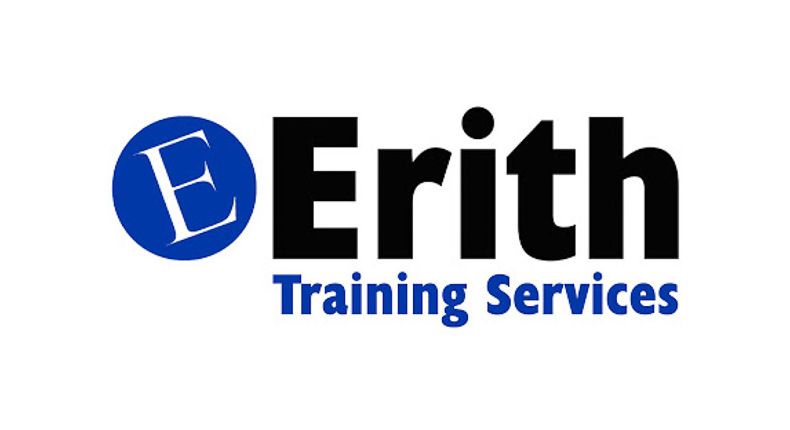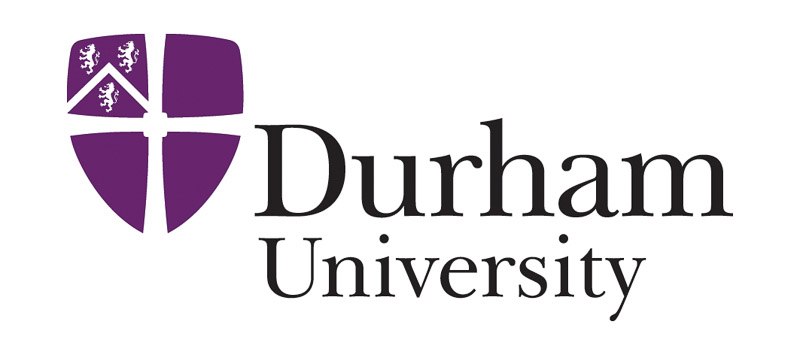Why Saving Seagrass Means Saving Our Seas

By Dave Evans
December 7, 2021
At Act Sustainably we are thrilled to be sponsoring the fantastic Project Seagrass.
Globally, estimates suggest we lose an area of seagrass around the same size as two football pitches every hour.
The key drivers of this decline include storms, disease and human induced threats such as pollution and decreased water clarity, often triggered by excessive nutrients and sediments in runoff from the land, can have devastating local effects.
Physical disturbance can also occur from contact with boat propellers and from chain moorings.
Generally, if only leaves and above-ground vegetation are impacted, seagrasses can recover from direct physical damage within a few weeks; however, when damage is done to roots and rhizomes, the ability of the plant to produce new growth is severely impacted, and plants may never be able to recover.
So, why is this important?
Seagrasses are indicator species for environmental issues. Because they respond rapidly to environmental change, they provide insights into overfishing and destructive fishing practices, pollution and water quality degradation and also provide several key ecosystem services (we discuss ecosystem services in our IEMA Foundation Certificate in Environmental Management course).
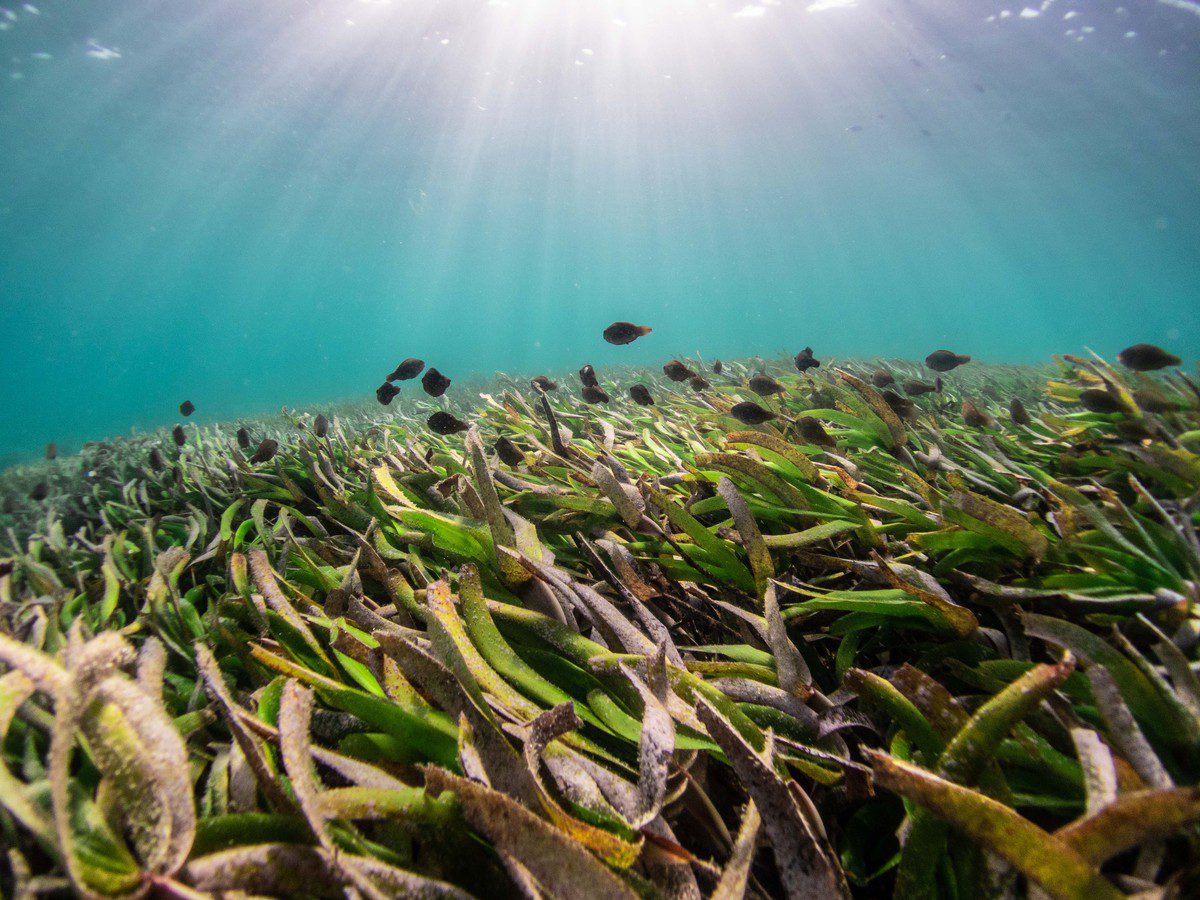
Ecosystem services provided by seagrass meadows include;
Biodiversity enhancement
Seagrasses are flowering plants that live in shallow sheltered areas along our coast. These sensitive plants are different from seaweed and form bright green leaves. Their leaves form large, dense meadows under the sea.
Like the coral reefs and rainforest’s of the tropics, these underwater gardens are full of life, providing food and habitat for 1000’s of species such as shellfish, seahorses, manatees, and sea turtles. Over 30 times more animals live within seagrass compared to adjacent sandy habitats. Like rainforest’s and coral reefs, these incredible underwater gardens are threatened.
Carbon sequestration
Moreover, seagrasses can play a vital role in avoiding climate catastrophe.
Although, they occupy only 0.1% of the seafloor, they are responsible for 11% of the organic carbon buried in the ocean.
Seagrass meadows, mangroves and coastal wetlands capture carbon at a rate greater than that of tropical forests!
Fisheries maintenance
Seagrass meadows form the basis of the world’s primary fishing grounds, supplying 20% of the world’s fisheries.
Poverty alleviation
Seagrass meadows support communities and livelihoods. They provide vital nutrition for close to 3 billion people, and 50% of animal protein to 400 million people in the third world. We discuss the link between habitat conservation and the United Nations Sustainable Development Goals (UNSDG’s) in our IEMA Foundation Certificate in Environmental Management and Sustainable Procurement courses.

Protecting what is left is vital.
Seagrass Ocean Rescue plans to restore seagrass in a small experimental two hectare area (approximately two rugby pitches) in collaboration with local people in Dale in West Wales.
Over the coming years they also aim to inspire future major projects in other areas to restore the UK’s seagrass meadows to help support our climate, our fisheries and our coastal livelihoods.
This project builds on research led by Swansea University in Wales that has been inspired by the achievements of successful restoration globally.
Their approach is simple, its all about underwater gardening to collect, separate and plant seeds. Conserving seagrass demands working together. That’s why, at Act Sustainably we are delighted to be able to help. Providing funding to Project Seagrass mirrors our commitment to UN SD Goal 17: Partnerships for the Goals and by helping to create the first ever full scale seagrass restoration project in the UK, we doing our bit for Goal 14: Life Below Water
Through education, influence, research and action, we are on a mission to save seagrass!
You can find out more about their Project Seagrass here
If you are interested in exploring the key issues surrounding habitat conservation, ecosystem services, biodiversity, Partnership and the United Nations Development Goals in more depth, you could jump onto our IEMA Foundation Certificate in Environmental Management Course. This is a 40-hour programme of learning spread over 5 weeks, blends ten, live webinars with online learning. Successful completion of this course leads to Associate IEMA Membership, which is free for the first year. The next course starts on 3rd May 2022
AUTHOR BRIEF BIO
Dave Evans is the Founder and CEO of Act Sustainably, dedicated to “Creating Positive Environmental and Social Outcomes by helping clients to ACT Sustainably”.
Want to find out more?
If we sound like the sort of business you would like to work for, or with, please get in touch.
